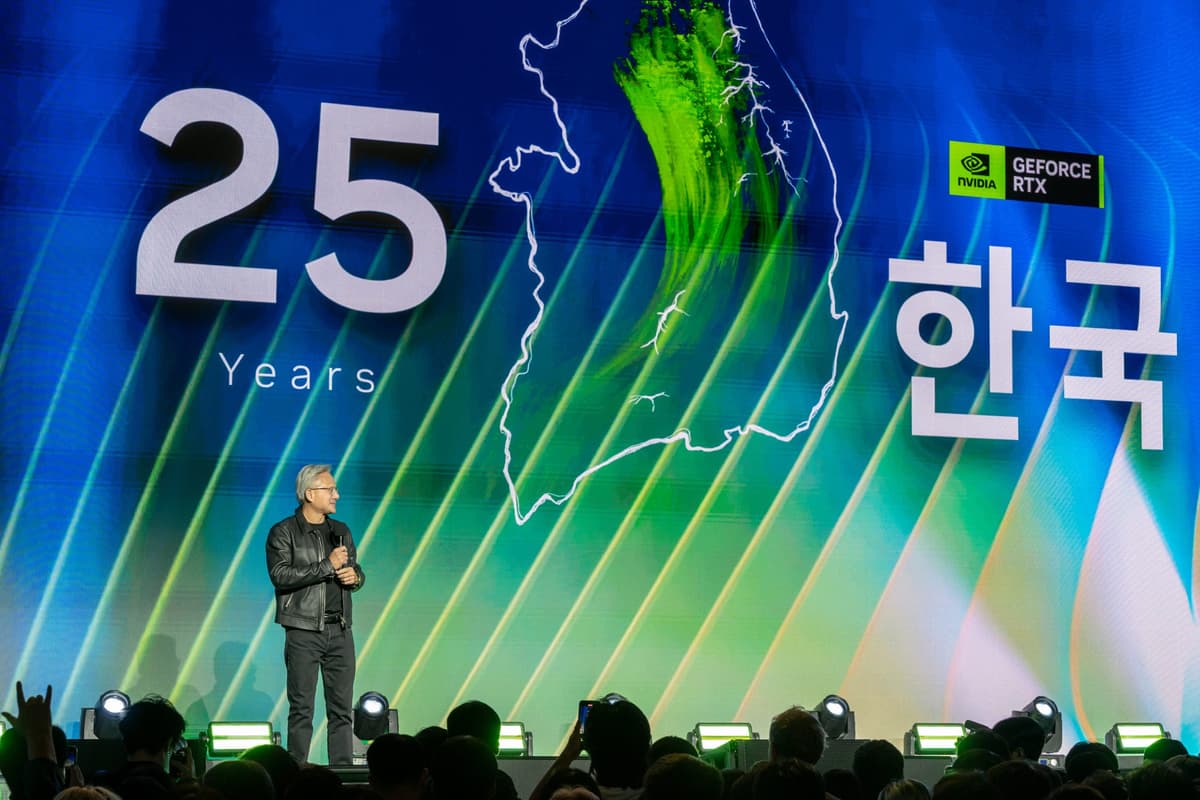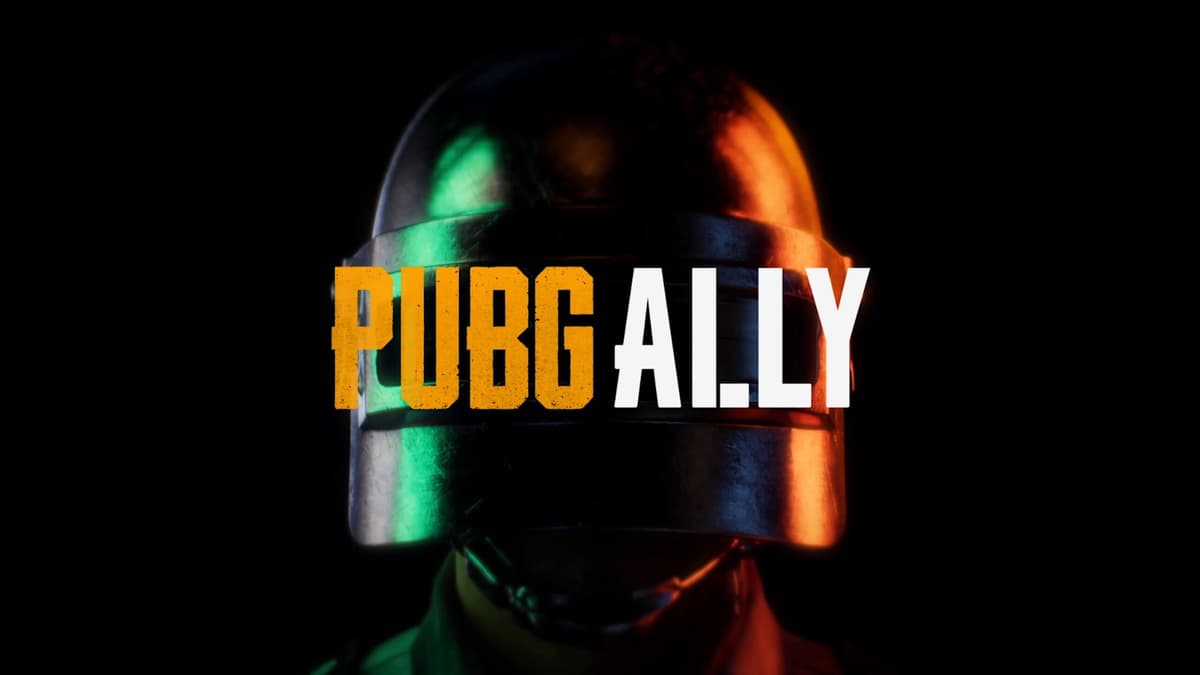
AI sidekicks aren’t new, but a talkative, on-device AI teammate for a sweat-first shooter like PUBG? That’s a bold swing. Krafton just showed “PUBG Ally” in Seoul-a co-playable character powered by an on-device small language model built with NVIDIA ACE that can strategize, grab loot, revive, and talk back in English, Korean, and Chinese. The pitch is simple: a teammate who actually listens and reacts, with ultra-low latency because it runs locally. As someone who’s been third-partied to oblivion with randoms refusing to ping, this immediately piqued my interest-and set off a few alarm bells.
Here’s the concrete stuff: Ally is built around an on-device SLM using NVIDIA ACE, which typically bundles ASR/TTS and model serving tuned for real-time game interactions. Krafton says Ally understands PUBG terminology, maps, and item attributes, and can chat with you in English, Korean, and Chinese. The feature set goes beyond the usual bot behavior: request meds, it fetches; get knocked, it attempts a revive; change the plan, it adapts mid-fight. If this holds in live matches, it’s a big step up from the training-mode bots PUBG and other shooters use to fill lobbies or ease new players in.
Important caveat: the first playtest is slated for early 2026 in Arcade mode—PUBG’s playground for experimental ideas outside traditional BR. That’s the right place to avoid wrecking ranked integrity, but it also means we’re at least a year out with lots of unknowns between a slick stage demo and a feature players actually use.
Performance tax: On-device AI is great for latency and privacy, but it isn’t free. If Ally relies on NVIDIA’s stack, will you need a recent RTX GPU to run it without tanking your FPS? PUBG is unforgiving; most of us aggressively tweak settings for stable frames. If Ally costs 20% performance in late circles, the feature dies on arrival for the competitive crowd.
Platform parity: PUBG isn’t just on PC. Consoles and Steam Deck exist. “On-device” implies custom pipelines per platform, and it’s unclear whether first tests will be PC-only with RTX requirements. If Ally becomes a must-have feature that excludes AMD/console players, expect community friction.

Fairness and mode restrictions: An AI that revives, scouts, and executes callouts changes the solo/duo dynamics. Even if Ally stays in Arcade early on, any move toward core BR has to answer: does every team get one by default? Is Ally disabled in ranked? PUBG’s gunfights hinge on information and utility—an AI running smokes or calling audible rotations could tilt balance fast.
Communication that actually works: Voice assistants live and die on intent recognition. PUBG slang is messy: “Hold, don’t peek, smoke ridge, swing right, 7.62 only, drop vert grip.” If Ally misses nuances or over-talks in tense moments, players will mute it after two matches. Conversely, if it nails short, tactical comms—“nading left hay bale,” “two footsteps southwest, 15 meters”—it could be transformative for solo players and small groups without a full stack.
Grief and abuse: Any co-op system invites trolling. Can Ally be baited into loud callouts, wasting utility, or running into open fields? What safeguards stop opponents from exploiting it with soundbait? Also, voice privacy matters—Krafton says Ally runs on-device, which is a plus, but players will want clarity on what, if anything, is uploaded for telemetry or training.
We’ve seen bots fill lobbies (Apex Legends at low MMR), hireable NPCs add flavor (Fortnite), and co-op AI that kind of knows the map. But real-time, voice-interactive, goal-setting companions inside a competitive shooter? That’s the frontier NVIDIA’s ACE demos have teased for a year, and Krafton looks like one of the first big studios committing to ship something playable. The skepticism is warranted: plenty of AI NPC tech demos never survive contact with live-service realities—latency, cost, moderation, and design balance kill them. The difference here is the on-device angle. If Ally doesn’t depend on the cloud, it reduces cost and lag, making long-term support more feasible.
Krafton labeling itself “AI First” tells me Ally isn’t a one-off experiment. Expect AI to show up in tooling (quest design, QA automation) and in-game services (smarter pinging, better match analysis, coaching replays). If PUBG Ally lands, don’t be surprised to see training modes where Ally reviews your fights, or accessibility features that bridge language gaps in mixed-region squads.

For Ally to earn a permanent slot, it needs to be useful without being oppressive. Picture a solo player queueing into Arcade: “Ally, we’re contesting compound, smoke door, hold res if I’m knocked.” Clean, minimal responses. Solid pathing around cover. Picks up 5.56 and a DMR because you called a long-range rotate. Doesn’t loot-goblin your crate in the clutch. If Ally can also learn your playstyle—aggressive fragger vs. rat—without hours of training, it moves from gimmick to meta-defining companion.
Monetization is the elephant in the room. If this becomes a premium feature or ties into a “Ally skin and voice pack” economy, the community will push back hard. Cosmetic voiceprints? Fine. Pay-to-win behaviors or faster reaction tuning? Hard no. Krafton would be wise to keep Ally’s core capabilities free and balanced, with cosmetics and voice flavors as optional flair.
Early 2026 is a long runway, which is both reassuring and risky. Reassuring because AI companions demand tons of iteration; risky because the hype cycle moves fast and expectations only grow. Watch for three things between now and then: minimum hardware specs, whether Ally ships beyond PC, and how tightly it integrates with PUBG’s existing comms (pings, radial menus, map markers). If Krafton nails those, PUBG Ally could be the rare AI feature that actually makes everyday matches better.
“PUBG Ally” aims to be a real teammate, not a target dummy—running locally for low-latency voice tactics. It’s promising and ambitious, but everything hinges on hardware demands, smart comms, and fair integration. We’ll get our first real answers when the Arcade test hits in early 2026.
Get access to exclusive strategies, hidden tips, and pro-level insights that we don't share publicly.
Ultimate Gaming Strategy Guide + Weekly Pro Tips